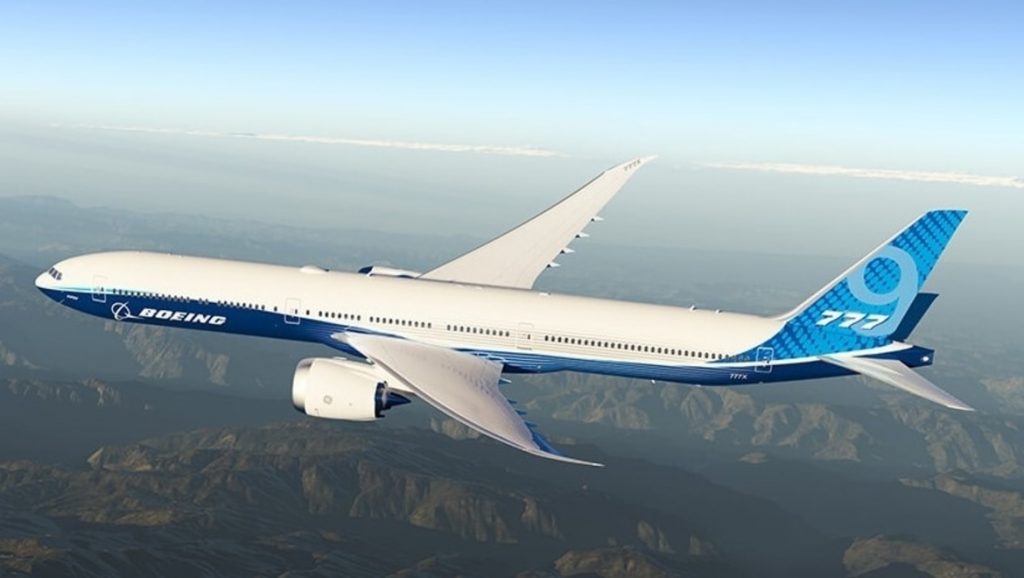
Boeing has been ordered by the Federal Aviation Administration to renew its 777X and MAX 10 pilot manuals to include further emergency protocol information.
The US planemaker is required to include details and checklists the crew must follow in the Airplane Flight Manual to avoid a fatal crash, according to The Seattle Times.
The FAA informed the head of the internal Boeing organisation that deals with aircraft certification, Tom Galantowicz, of this new requirement on 12 July.
Boeing has been continuously under the watchdog’s sights since the 737 MAX was recertified to fly again last November after the two-year groundings following two crashes killing 346 passengers.
The letter specified the additional details need to format how the emergency pilot procedures relate to other key certification documents that identify potential failures.
The documents include the Functional Hazard Analysis, which is the first step in a safety assessment process on new aircraft, and the System Safety Assessment.
“They are making sure the pilots understand the criticality of the procedures,” said an anonymous FAA safety engineer. “That makes perfect sense.”
For a long time, manuals were required to include the most concise details.
Citing a 2019 report by the Joint Authorities Technical Review (JATR) in the letter, Boeing and other aerospace companies developed separate manuals for different operations.
These included separate checklists for cockpit protocols, system descriptions and any other detailed procedure.
However, other airlines and companies would develop variations of the manuals, so only the Airplane Flight Manual was mandatory.
In 2012, the FAA said because of these differing orders from airlines, the manual would only be required to detail the most concise amount of material possible.
However, JATR said this was “contradictory” and would have led Boeing to minimise its procedures detailed in the manual.
The FAA said this is no longer acceptable and modifications will need denser material to avoid risk.
In a statement, Boeing said, “We are committed to continue to work with the FAA to meet all certification requirements.”
The planemaker does not see the new requirements delaying certifications as the jets have been warned both will not be ready until 2023.
Boeing’s upcoming 777X will likely not receive its certification until then due to the lack of data and a preliminary safety assessment.
The FAA did not provide details but said it “will not approve any aircraft unless it meets our safety and certification standards”.
Boeing has faced a slew of FAA directives as the regulator cracks down on additional safety precautions.
In July, the regulator issued a safety directive for all 737 jets to be re-inspected over potential cabin altitude pressure switch failures.
The airworthiness directive requires additional inspections on the switches, following an incident reported last September where an unnamed operator said both failed tests on three 737 models.
In June, the FAA mandated additional safety inspections once any 737 had reached 6,000 flight hours.
The directive was to identify any issues with its flight control system, MCAS, which was deemed the cause of the crashes in Indonesia and Ethiopia.











